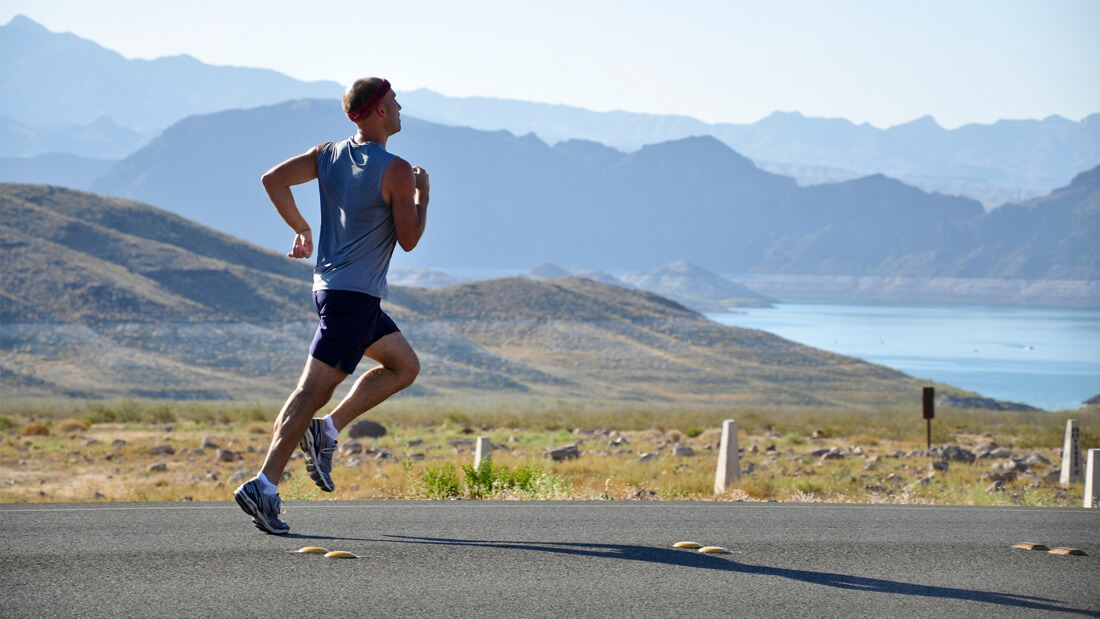Exercising with Cancer
Part 1 – January 2018
This will be the first of several posts on cancer and exercise this year. All of us are affected by cancer at some stage in our life, either directly or because of a friend or relative. There is unfortunately no escaping it. Cancer remains one of those horrible emotive words capable of producing a visceral reaction. While there is increasingly more hope and a better prognosis for many major cancers it is still a diagnosis to chill the blood like no other.
The aim in writing this series of articles will be to shed a bit of light on the value of exercise in relation to cancer. We will look at the importance of exercise, activity and the avoidance of a sedentary lifestyle in preventing the development of many cancers including bowel and breast cancer. We will also examine the role that exercise might play following a diagnosis and through the ongoing pathway of treatments and the role for exercise post treatment into recovery and remission.
I would like to point out that it is not my intention to portray exercise as some magic elixir in the cancer paradigm. We must always be wary of overstating the benefits of any aspect of the care pathway for diseases as life changing as cancer particularly when they lack empirical evidence. While offering hope is valuable and important in dark and difficult times, dangling false hope can be thoughtless and cruel.
There are notable examples of rogue practitioners prescribing bespoke “cancer curing” diets and for the most part this type of practice is unhelpful. This is not to dispute of course that nutrition is extremely important in development of cancer and subsequent care but to try to ensure there is an evidential base for any advice we give. We will examine the role of nutrition in a future post.
In 2012 the BMJ published a large- scale analysis of 30 studies (Fong, D. et al) found that physical activity could improve patient’s health and quality of life after finishing treatment.
My own interest in cancer and exercise grew out of necessity. I had experienced a few clients being diagnosed with cancer and wanted to be more informed and in a better position to help. This was fifteen years ago and at that time there was a lot less information available than there is today. There are some excellent resources available today covering all areas of cancer care, many of them provided by charities and foundations (I have listed some of them below).
The evidence for exercise benefits in cancer is also much stronger now, which means that the previous cautious approach to exercise has been replaced by advice that includes and integrates activity into the recovery pathway. In 2012 the BMJ published a large- scale analysis of 30 studies (Fong, D. et al) found that physical activity could improve patient’s health and quality of life after finishing treatment.
Exercise can bring multiple benefits building physical resilience before treatment, assisting in reduction of nausea and fatigue caused by chemotherapy and helping to increase self-confidence and boost mental health. Beyond this exercise is often effective pain mediation if used appropriately and can reduce the extent lymphoedema that can often occur as result of surgery for cancer. Ultimately exercise will be a key plank in helping to restore a person to full health, normal functional activities and working life.
How we deploy exercise will depend greatly on individual circumstances. Any programme of activity should be personally tailored, carefully monitored and frequently reviewed. We will look at some of the principals we should apply and the types of exercise that might be appropriate in the next post.
Cancer Research UK – www.cancerresearchuk.org
National Cancer Institute – www.cancer.gov
MacMillan Cancer Care – www.macmillan.org.uk





